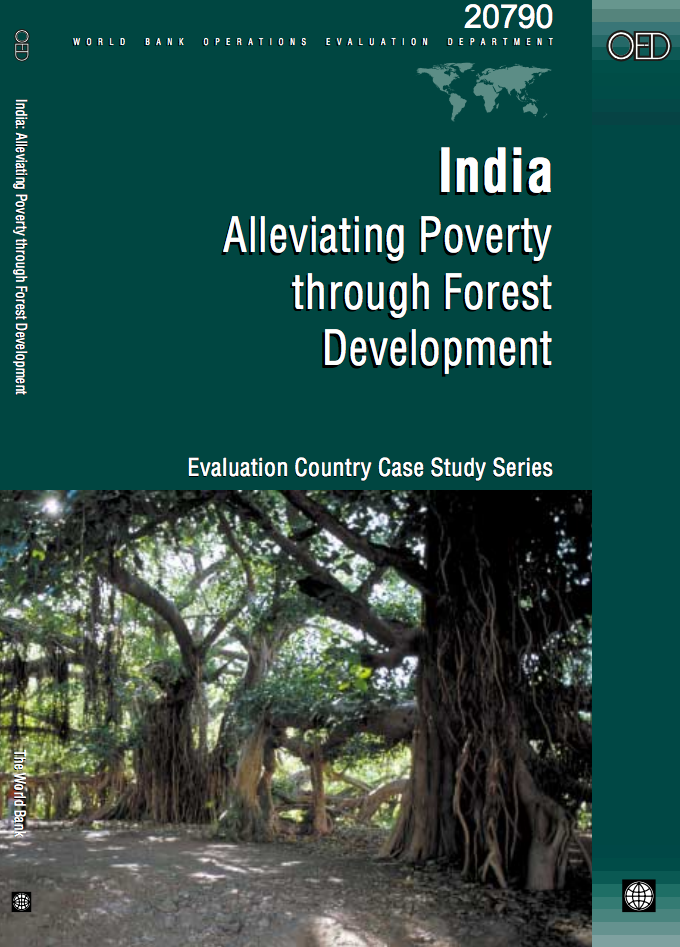Sanliurfa and Harran Plains On-Farm and Village Development Project
This social assessment (SA) is part of
the Sanliurfa and Harran On-farm Development Project in
Turkey, and aims at identifying an appropriate mix of
project inputs to reduce poverty. The objectives of the SA
are to understand the impact of rapid agricultural
modernization on various social groups, according to
ownership criteria, and gender issues, and, to learn how
those benefiting from irrigation, assess the quality of


